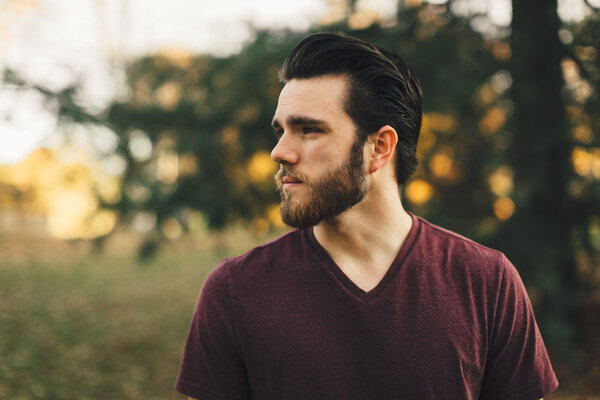Exhaustion and brain fog are all well-documented side effects of Covid-19, but the latest studies highlight a new concern: a marked increase in people suffering from hair loss since the start of the pandemic.
Researchers report that up to one in four Covid patients are experiencing a degree of hair loss, even after mild infection, while some have developed the issue after being vaccinated. The spike has been particularly pronounced among women, with men more likely to complain of bald patches in their beards.
Doctors believe that contact with coronavirus can trigger a ‘dormant’ autoimmune disease or inhibit supply of oxygen and nutrients to the hair follicles, with the sufferer noticing hair loss six to eight weeks later.

When it comes to combating Covid-related hair loss, as well as shedding caused by other factors, Grand Resort Bad Ragaz in Switzerland is a world leader in effective procedures.
Bad Ragaz’s Dr Brigitte Bollinger explains: “Bad environmental conditions, the stress of modern life, a lack of vitamins, internal diseases, medication and hormonal changes can all lead to hair loss. For lack of vitamins, for example, we select a complex that compensates for the deficit. Until recently, medicine had practically nothing to offer to deal with some forms of alopecia. Today, trichology has evolved to such a point that many patients achieve good results.”
To begin, specialists at Bad Ragaz first conduct a detailed analysis of each patient’s personal history and create a customised treatment regime. Recommendations may include immunosuppressive therapy, which uses drugs such as cortisone to regulate the immune system and stop the body’s defences from attacking the hair root. Alternatively, PRP (platelet-rich blood plasma) and cytokine-rich plasma injections into affected areas can reduce inflammation and encourage regeneration and, if necessary, reactivate the hair roots.
The third solution is to combine PRP injections with ozone blood therapy. Ozone contains one more oxygen atom than O2 and, when injected into the scalp, delivers more oxygen-rich molecules to the problem area. Ozone blood therapy has already proved successful for those suffering hair loss after chemotherapy.
Doctors can also recommend shampoos that promote blood circulation. In some circumstances, the hair follicles will have already died, in which case the team can advise on transplants to fill any hair gaps.
Time is an important element in the equation. “I always warn clients,” Dr Bollinger adds, “that to deal with the problem of hair loss, you need to have patience.”